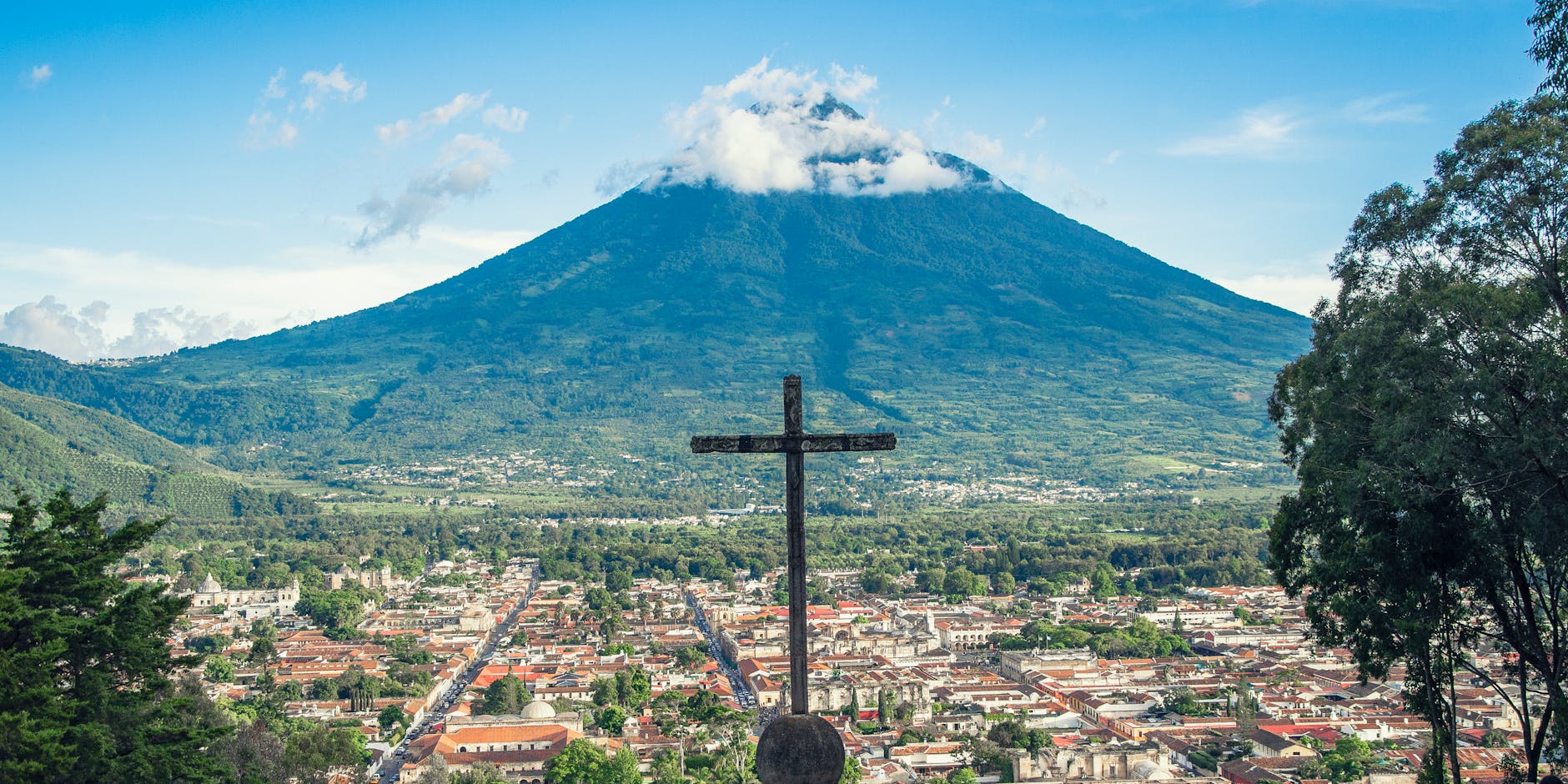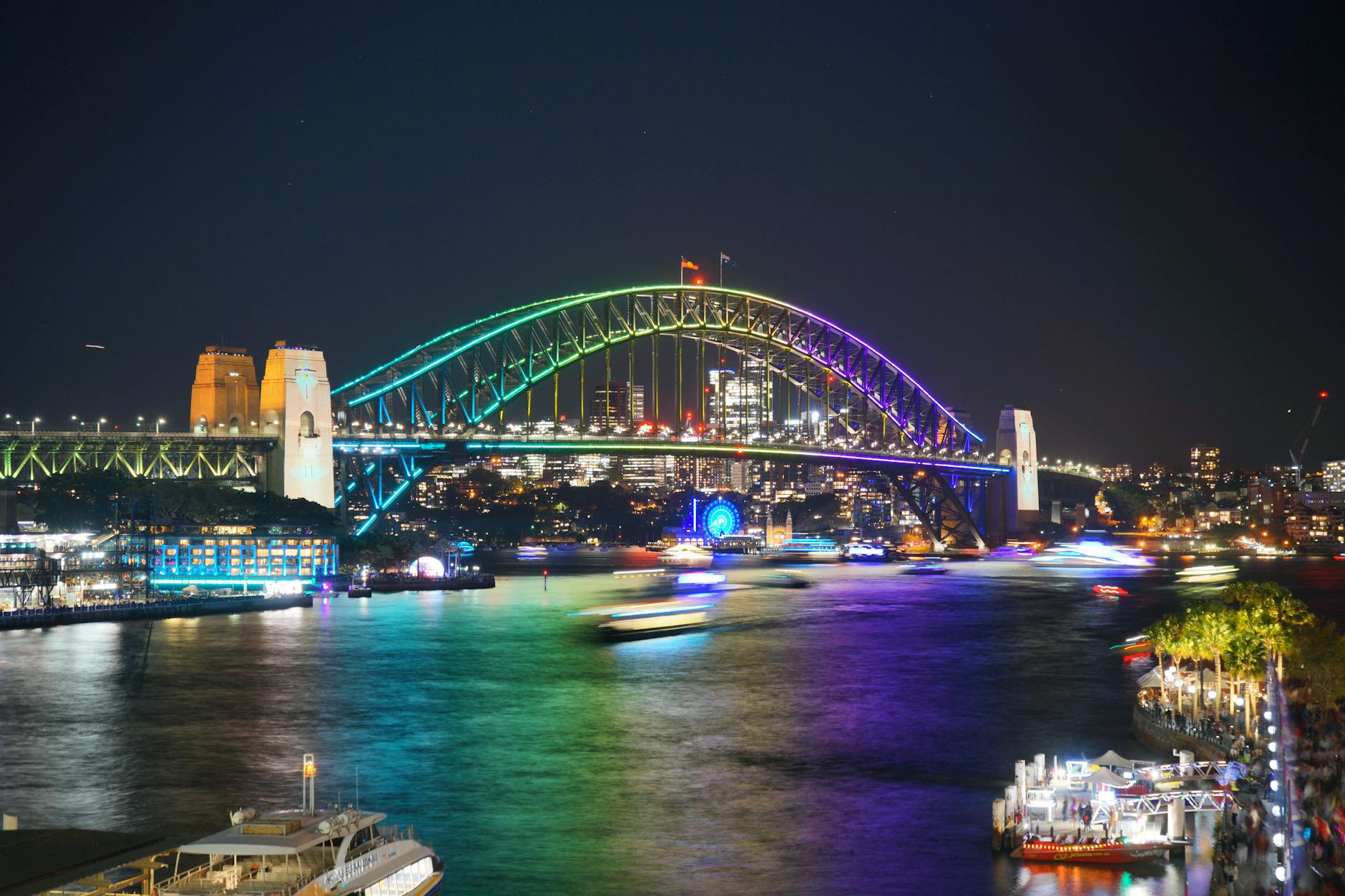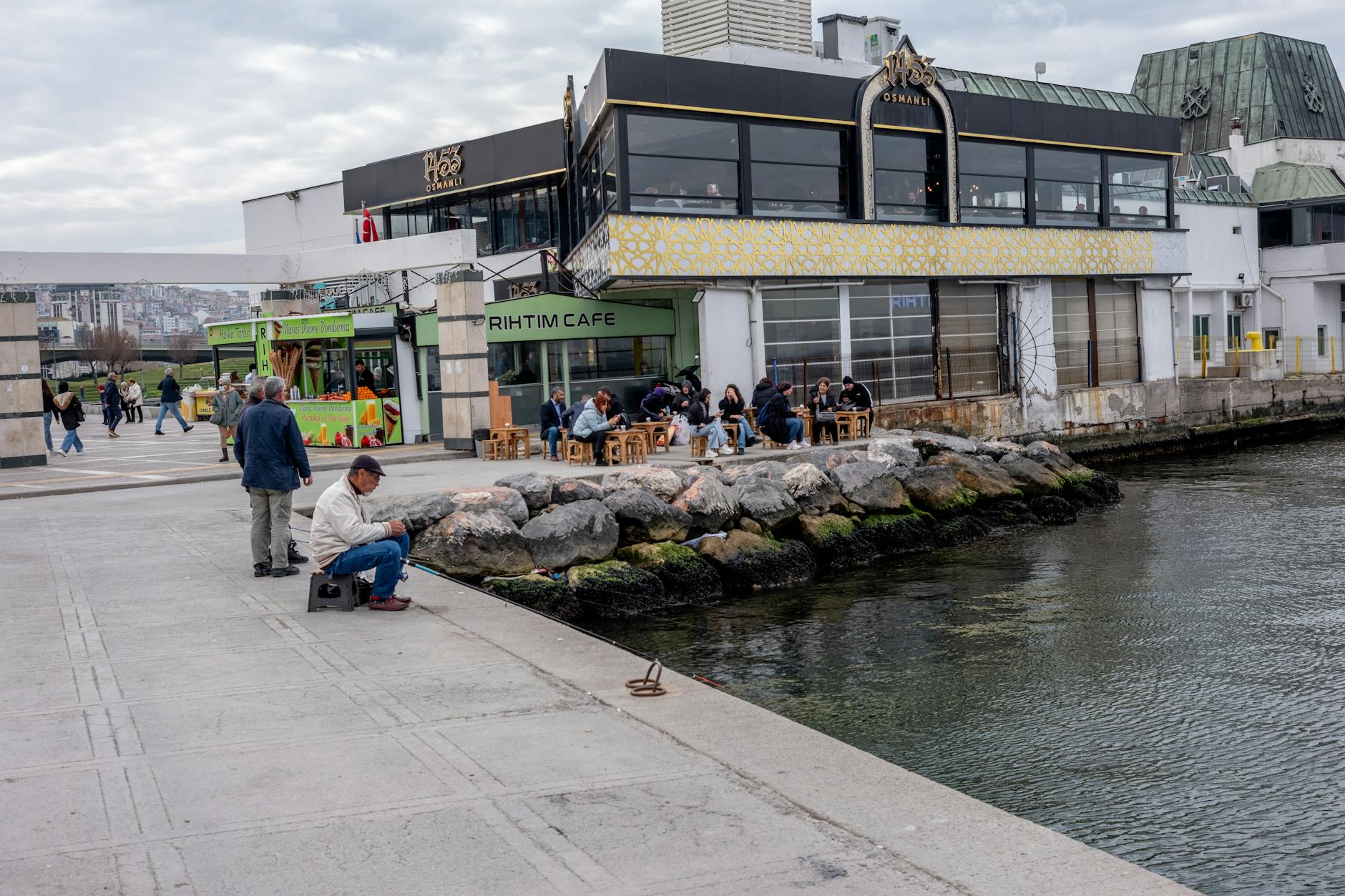What Makes Australia's Marine Ecosystems a Must-Visit for Enthusiasts

Unique Marine Biodiversity
Marine ecosystems hold a treasure trove of biodiversity, particularly in places like the iconic Ningaloo Reef in Western Australia. This vibrant marine habitat is a crucial focus for researchers at the Australian Institute of Marine Science. Known for its robust coral formations and diverse marine life, Ningaloo Reef offers an ideal setting for studying ecosystem dynamics and the complexities of ecosystem interactions. Here, researchers observe how different species interact within their environment, providing insights that can guide conservation efforts.
Iconic Coral Reefs
The reefs around the Ningaloo Coast are not only natural wonders but also intricate networks of living organisms. These structures support a wide variety of marine life and are vital for biodiversity. Coral reefs in areas like Ningaloo are particularly fascinating because they host species unique to the region. Their vibrant colours and complex patterns make them a magnet for eco-conscious travellers interested in Cuba travel and other similar adventures that focus on natural beauty and conservation.
Rare Marine Species
The Ningaloo Reef is home to an extraordinary array of marine species, including whale sharks, manta rays, and unique coral species not found anywhere else on Earth. Expeditions in these waters offer an opportunity to witness rare species in their natural habitats, a true highlight for any ocean enthusiast. For someone familiar with Kenya tours, the richness and diversity found here offer a similarly compelling experience, with equally rewarding insights into natural ecosystems.
Ecosystem Interactions
By understanding the interplay between different species and their habitats, we can better appreciate the importance of conserving these delicate ecosystems. On the Ningaloo Reef, interactions between marine species contribute to the overall health and balance of the ecosystem. Projects focused on South America holidays often highlight similar ecological themes, showcasing how conservation efforts can be intertwined with travel experiences. Through these insights, we can learn about sustainable practices essential to preserving Australia's marine biodiversity.
Top Coastal Locations
Great Barrier Reef
The Great Barrier Reef is a breathtaking tapestry of marine life, attracting divers and marine enthusiasts from across the globe. As you glide through this underwater marvel, it's impossible not to be captivated by the vivid colours and intricate structures of the coral formations. Fieldwork experiences reveal that the reef hosts a complex web of life, a microcosm of interactions between species that support both local ecosystems and global biodiversity. For those interested in similar ecological adventures, Antarctica travel offers contrasting yet equally compelling natural spectacles.
Ningaloo Coast
Heading to the Ningaloo Coast, you'll find one of the world's most accessible fringing coral reefs. Just steps from the shoreline, you'll experience a kaleidoscope of marine biodiversity. Unique interactions between whale sharks and sea turtles can be observed, allowing you to capture unforgettable moments. The coast mirrors the dynamic marine environment studied at the Australian Institute of Marine Science. For those seeking adventures beyond coral realms, South America tours provide a fascinating shift in ecological exploration.
Lord Howe Island
Lord Howe Island offers a serene setting where marine and terrestrial ecosystems intertwine seamlessly. The pristine waters are a haven for snorkellers, revealing a world where colourful fish dance amidst coral gardens. This island resembles the biodiversity-rich ecosystems in sites like the Swan River, offering insights into habitat conservation. A visit here complements experiences like an Africa safari, providing enriching insights into ecological diversity across continents.
Marine Conservation Efforts
Protected Areas
Australia's marine ecosystems boast a rich tapestry of biodiversity, much akin to the Galapagos islands tours known for their unique wildlife and conservation efforts. Our renowned marine sanctuaries, such as the Ningaloo Reef, are now safeguarded under strict conservation laws that aim to preserve these crucial habitats. The reef, where colourful corals intertwine with vibrant marine life, represents a hotbed of biological significance. The Australian Institute of Marine Science spearheads numerous studies here to understand the impact of climate change and human activities.
Restoration Projects
Marine restoration projects are vital in reversing damage across our fragile coastal ecosystems. Initiatives to replenish seagrass meadows and coral reefs in various regions, including the waters off the Swan River, have shown promising results. These projects are meticulously designed to restore not only the flora and fauna but also the intricate web of interactions sustaining marine life. With ongoing support and funding, restoration efforts seek to echo the success stories of similar projects in Central America travel regions.
Threats and Solutions
The biggest threats to our precious marine life come from overfishing, pollution, and climate change, all of which disrupt ecosystem balance. Tackling these threats requires a multifaceted approach. For instance, sustainable fishing practices support ecological equilibrium, while targeted policy changes aim to reduce carbon emissions. Collaborative efforts from ecologists, local authorities, and eco-conscious travelers lay the groundwork for innovative solutions. Our journey through these challenges is never solitary—every step forward is a stride towards conserving the vibrant biodiversity that calls Australia's seas home.
Capturing Stunning Visuals
Best Times for Photography
One of the secrets to capturing breathtaking marine visuals lies in the timing. For those like Lucas who are dedicated to marine ecosystems, understanding the ocean's rhythms can make all the difference. Typically, the best time to shoot is during the 'golden hours'—shortly after sunrise and before sunset. The soft, diffused light during these periods creates dramatic scenes perfect for photographing vivid marine life or vast seascapes. Additionally, tides significantly impact marine life visibility and activity. Some marine species emerge and exhibit unique behaviours during specific tidal movements, such as feeding or mating, making this a prime time for marine photography.
Essential Photography Gear
Successful marine photography isn't complete without the right gear. For underwater shots, a quality waterproof housing for your camera is essential. Using a wide-angle lens helps capture grand marine vistas and landscapes, like the vastness of a Botswana safari, but underwater. Additionally, employing strobes or flash can illuminate subjects and bring out the vibrancy of their colours. A reliable tripod or stabilisation tool becomes indispensable for capturing steady shots, particularly in turbulent waters or on Antarctica cruises.
Tips for Underwater Shots
Taking the plunge into underwater photography requires a unique skill set. To enhance the natural light, try shooting from a low angle, looking up towards the surface. This technique captures the shimmering sunlight filtering through the waves, creating a stunning backdrop. Patience is also crucial; waiting for the perfect moment can mean the difference between a good shot and a spectacular one. Experimenting with angles, lighting conditions, and even the peculiarities of marine life can lead to enlightening discoveries and mesmerizing imagery.
Navigating Marine Exploration Challenges
Overcoming Navigational Hazards
Navigating the intricate underwater landscapes of Australia's marine territories is no small feat. The vibrant biodiversity, particularly around Ningaloo Reef, requires precision and respect for its fragile ecosystems. Having been out on expeditions myself, I've witnessed the necessity of employing advanced, eco-friendly sonar technology. This ensures that we can map the submerged terrain without disturbing the natural habitat. This is crucial not just for resolving potential navigational hazards but also for adhering to sustainable practices.
Adapting to Weather Conditions
Australia's coastal climates are notoriously capricious. The tempestuous nature of the waters especially along sites like the Swan River can be formidable. Before embarking on any marine ventures, it's imperative to have robust weather forecasting tools at hand. We've often relied on satellite data from the Australian Institute of Marine Science to guide our plans and adapt in real-time. Such foresight is essential for ensuring that exploration activities harmonize with the environmental conditions, safeguarding both the explorers and the ecosystems.
Committing to Sustainable Practices
In our enthusiasm to delve into these marine realms, we must remember our duty to the environment. I can’t stress enough the significance of sustainable practices in our explorative endeavors. From minimizing waste to adhering to safe diving techniques, we ensure that our imprint is minimal. Initiatives like those seen at the Swan River are leading examples, demonstrating how eco-conscious strategies can merge seamlessly with marine exploration. This dedication not only protects diverse species but also enriches the knowledge and experience of every eco-conscious traveler venturing into these aquatic marvels.


